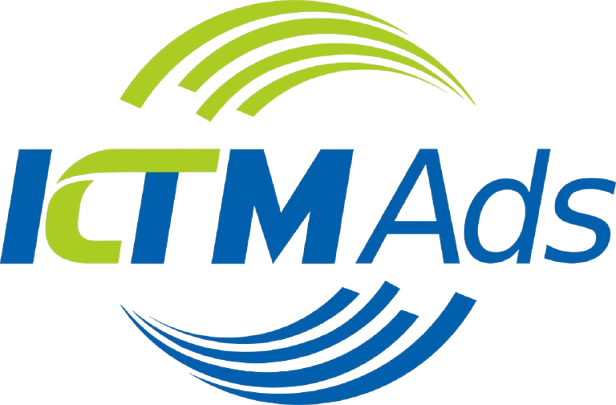Exploring Facebook ads without a budget may sound challenging, but with the right strategies, you can still leverage their power to grow your brand. In this guide, we’ll show you how to exploit Facebook ads without paying by tapping into free tools and organic reach. Learn how to create engaging content, use Facebook’s targeting features effectively, and boost your visibility through shares, comments, and interactions. Discover how to maximize the impact of your ads without spending a dime, while still driving engagement and results.
What is running fraudulent ads or Facebook ad payment default?
Running fraudulent ads, or defaulting on Facebook ad payments, is the act of using fraudulent methods to run ads without fully paying for the ad costs on Facebook. This can be done by using fake credit cards, expired credit cards, or fake Facebook accounts to create ad campaigns without making payments.
Although it may provide short-term benefits, this action violates Facebook’s policies and can lead to serious consequences.
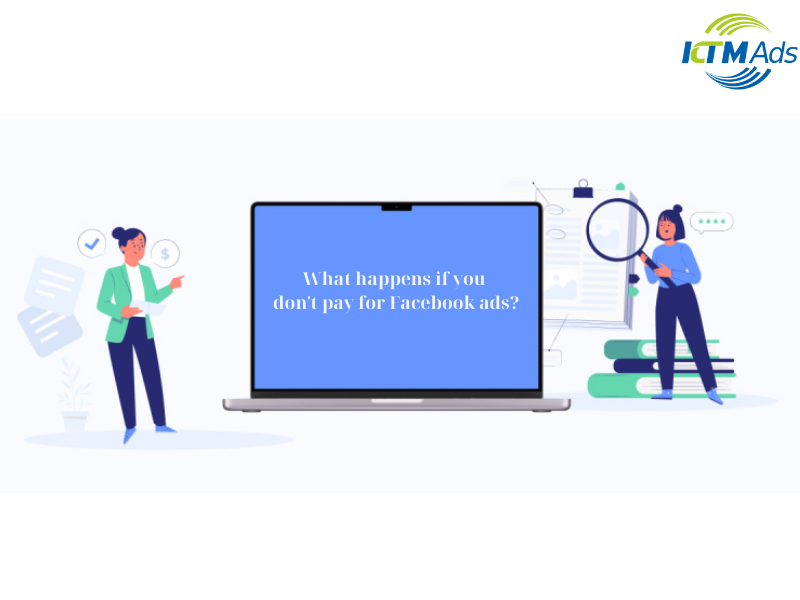
Why does the phenomenon of running fraudulent Facebook ads occur?
Running fraudulent Facebook Ads, or running ads without fully paying for them, stems from several reasons:
- Reasons from Facebook: Vulnerabilities in the payment system create opportunities for advertisers to exploit loopholes by using fake credit cards, virtual cards, or stolen cards.
- Legal Reasons: The lack of clear regulations regarding online advertising leads to fraudulent ad activities going unpunished, causing advertisers to feel safe from penalties.
- Reasons from Advertisers: The desire to maximize profits and minimize costs encourages advertisers to engage in “fraudulent ads,” creating a market for free advertising.
Should you default to Facebook ads payments?
Defaulting on Facebook Ads payments may be a temporary solution if you’re facing budget constraints. When you’re short on budget but need to maintain an ad campaign, opting for the “pay later” method can help you continue operations. However, if you’re not facing financial difficulties, running fraudulent Facebook ads is not a reasonable option.
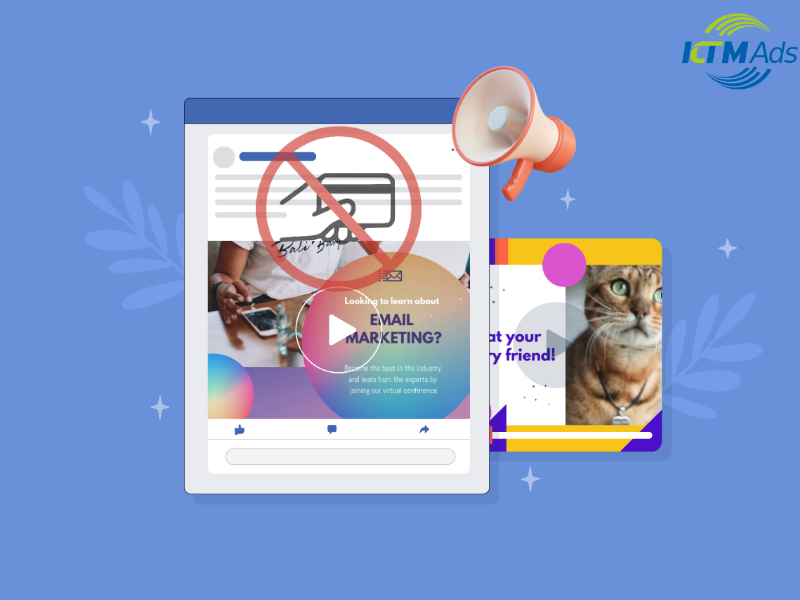
While it may save costs in the short term, this action will have long-term consequences for your marketing strategy, affecting your credibility and the ability to sustain future campaigns. Defaulting on ad payments can lead to your ad account being suspended or facing legal issues, which can severely impact your long-term plans.
Below, I will elaborate on these consequences.
Detailed guide on how to run ads without paying
Step 1: Prepare a visa card
To start running ads without paying on Facebook, you need to prepare a Visa card. You can either create multiple legitimate Visa cards or generate free virtual Visa cards using virtual card services.
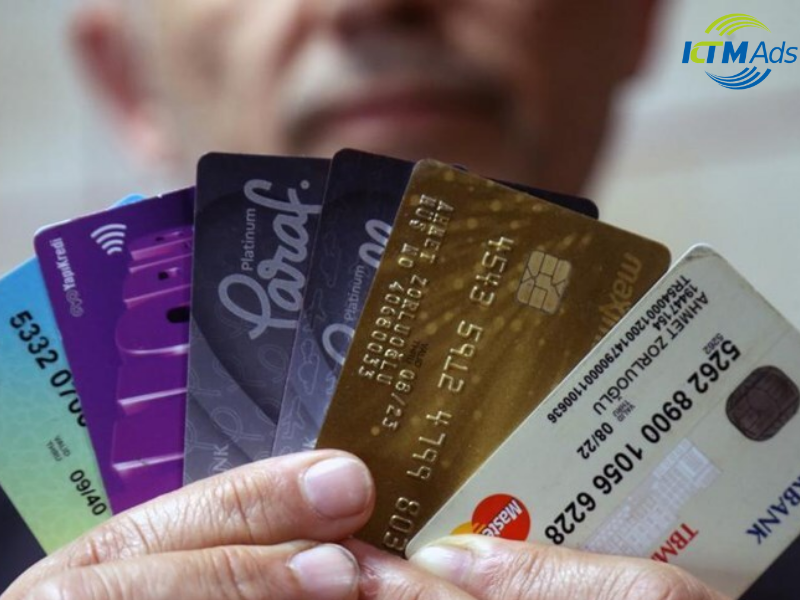
Step 2: Build trust in your ad account
To ensure your ad account is easily verified and approved by Facebook without issues, you need to take some steps to establish credibility (trust) for your account. Here’s how to do it:
- Regularly access your ad account from a fixed computer device and use a stable internet connection.
- Ensure you perform this action consistently over a few days so Facebook recognizes your account as genuine and capable of maintaining long-term ad activity.
- Additionally, you can create multiple ad accounts, but it’s recommended to create each ad account under a separate personal Facebook account. This helps minimize the risk of being detected and flagged by Facebook.
Step 3: Running Ads without paying
To start, set up an ad campaign with a large budget, such as $2,000 instead of just $25. This allows you to take advantage of Facebook’s higher payment thresholds ($50, $250, $750, etc.) to evade payments.
- After setting up the campaign, deposit enough funds into your ad account for Facebook to verify it. For example, deposit $2,000 to ensure your account can run the campaign and reach the payment thresholds.
- Once the campaign begins running, Facebook will request payments at each threshold, such as $25, $50, and $250. Withdraw a portion of the funds from your Visa card after each threshold to avoid having enough balance for larger payments.
- As the campaign progresses through higher payment thresholds ($250, $750), continue withdrawing the remaining balance from the card. The goal is to leave just enough funds in the card to keep the campaign running without covering excessive charges.
When the campaign reaches the final payment threshold (e.g., $1,000), Facebook will request payment. However, since you’ve already withdrawn most of the funds, the remaining balance on the card will be insufficient to cover the total amount. As a result, you’ll only pay a small portion for the campaign.
How much can you max out on Facebook ads without paying?
The maximum amount you can run ads without paying on Facebook typically ranges from a few dozen to several hundred dollars per account, depending on various factors.
Initially, Facebook assigns a certain credit limit to new accounts or accounts with no solid payment history, usually ranging from $25 to $32, depending on the country and credit profile.
Some users take advantage of strategies like creating new ad accounts to exploit these credit limits, enabling them to run ads with higher budgets. However, the maximum amount a campaign can spend depends on the average ad costs (calculated by CPC or CPM) and the user’s ability to manage multiple accounts without being detected.

Serious consequences of running ads without paying on Facebook
Consequences for businesses/direct advertisers
Massive account suspension and blacklisting
This is the most severe consequence. When Facebook detects “payment evasion” behavior, it blacklists your ad accounts, network IPs, PIN codes (if applicable), and even your Fanpage. This means you permanently lose access to these accounts and can no longer run ads on the platform.
Additionally, creating new accounts becomes significantly more difficult as Facebook actively monitors your activity.
Visa card deactivation
Credit cards used for “payment evasion” are often blocked or rendered unusable for Facebook advertising. This creates significant challenges for setting up legitimate ad campaigns in the future.
Fanpage restriction or deactivation
A Fanpage is a vital asset for any business. When associated with “payment evasion,” the Fanpage may face feature restrictions, reduced organic engagement, or even permanent deactivation. All the efforts invested in building the Fanpage over time can be completely wasted.
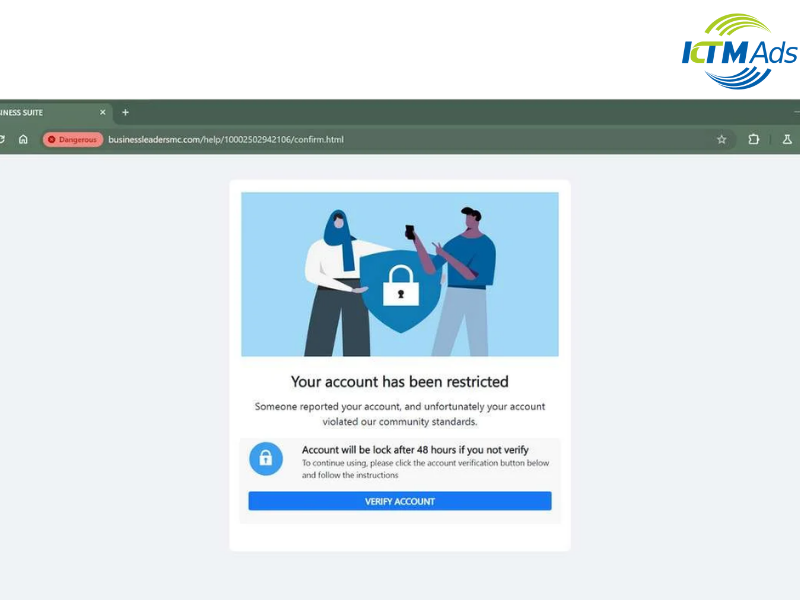
Lengthy and Challenging Ad Approval Process
Even if you manage to create a new account, the ad approval process will become stricter and take significantly longer. Facebook will be particularly cautious with accounts that show signs of being linked to previous “payment evasion” activities.

Loss of advertising data
When an account is locked, you lose access to the advertising data and analytics you have collected. This impacts your ability to evaluate campaign performance and optimize future ads.
Consequences for the community/advertising market
Increased difficulty in ad approval
When Facebook detects a rise in ad fraud within a region or globally, it may tighten the approval process for all advertisers in that area or worldwide. This leads to longer review times, and stricter requirements for ad content and account information, making it challenging even for advertisers who comply with the rules.
Impact on Facebook policies and algorithms
To combat “payment evasion,” Facebook continuously updates its policies and advertising algorithms. These changes can sometimes make it difficult for legitimate advertisers to optimize campaigns and maintain ad effectiveness.
For example, stricter regulations on ad accounts, payment methods, or ad content may negatively affect lawful campaigns.

Increased advertising bids (Higher CPM) across the board
“Payment evasion” creates unfair competition and distorts the advertising market. When individuals engaging in “payment evasion” set unusually high bids, it drives up the overall bid prices, increasing advertising costs for all advertisers, not just within a single country.
This issue is particularly evident in real-time bidding-based ad formats, such as VOI (Voice of Internet) or Scan (data scanning), which are more vulnerable to bid fluctuations caused by “payment evasion.”
In conclusion, running ads without paying not only brings financial risks but also severely impacts the reputation and sustainable growth of businesses. Therefore, carefully consider your choices and always opt for legitimate advertising methods. Follow KTM – rent Facebook ads accounts for more useful information about Facebook advertising
> See more related articles about Facebook Ads written by KTM:
How to add funds to a Facebook ad account
How to create a Facebook ad account
Effective Facebook ad scheduling time zones
